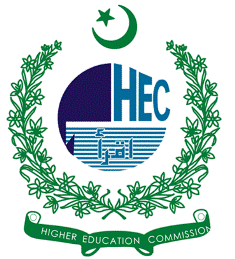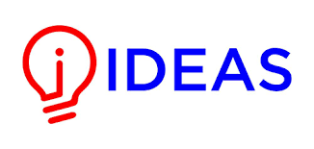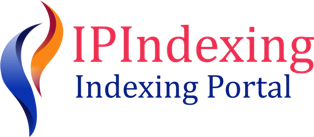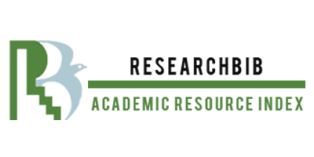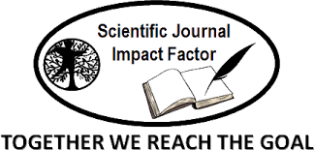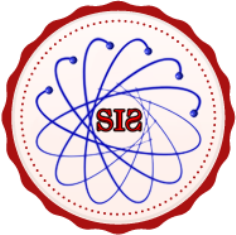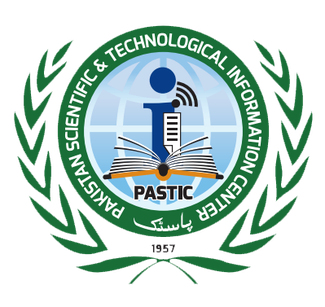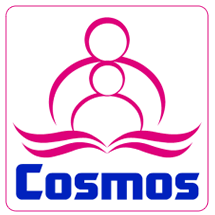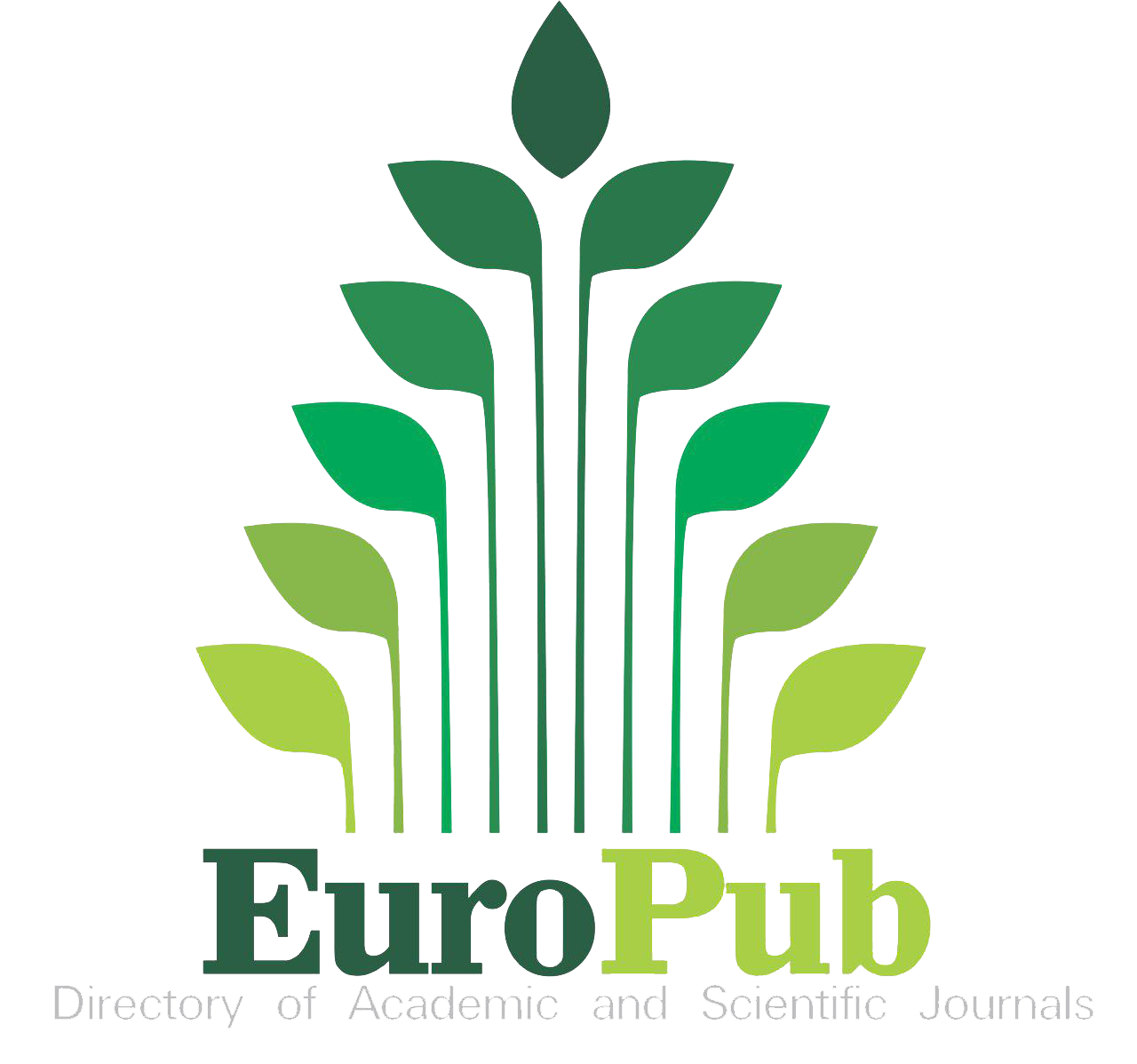A Novel Integrated Expert System Modelling Approach for Sugarcane Management
Keywords:
AHP (Analytical Hierarchy Process), SWOT (Strengths Weakness Opportunity Threat), ES (Expert System), ESTA (Expert System Shell for Text Animation), ESFSMS (Expert System for Sugarcane Management System)Abstract
Statistics in Pakistan show that sugarcane, cultivated in tropical and subtropical areas, produced 1.9 billion tons in 2020, achieving the highest position in the world. The existing practices and processes of sugarcane management are lacking in lack of efficiency and effectiveness, which are time-consuming and wasteful, wastage of money with improper management, creating issues of conflicts among farmers, workers, and mill administration. To overcome this significant concern, there is a dire need for an intelligent management system that could integrate the various tools, techniques, and technologies to achieve the objectives of adequate information for making rational decisions by minimizing time, cost, and optimizing the utilization of resources. The Phases of the study include: firstly, acquiring the Knowledge about the problem domain, i.e., Sugarcane Management System’s key factors, tools, and techniques, as well as SWOT (Strengths Weakness Opportunity Threat) analysis to identify the gap. In the second phase, to analyze and find priorities of the key factors and criteria weights through AHP (Analytical Hierarchy Process). Thirdly, to model the whole knowledge in different forms, like Decision Table, Weight Allocation Table, Decision Tree, and Conceptual Model etc. Finally, developing a prototype Rule-Based Expert System named ESFSMS (Expert System for Sugarcane Management System) and testing the proposed model through ESFSMS. The final report shows that the aggregate weight of all the factors equals 0.9995, which is nearly equal to 1.00, i.e., the goal. It is limited to a few factors, which can be extended in further research studies and the usage of modern techniques.
References
Wikipedia contributors, “Sugarcane,” Wikipedia, 2023, [Online]. Available: https://en.wikipedia.org/wiki/Sugarcane
K. B. M. and A. N. Shahid Afghan, Muhammad Ehsan Khan, Waqas Raza Arshad, “Economic Importance and Yield Potential of Sugarcane in Pakistan,” IntechOpen eBooks, 2023, [Online]. Available: https://www.intechopen.com/chapters/82527
Amity Software Systems Limited, “Sugarcane Management Software | Cane Management System,” Amity Softw., 2022, [Online]. Available: https://www.amitysoftware.com/agriculture/sugarcane-management-software/
GeeksforGeeks, “What is Management Characteristics Objectives and Importance of Management,” GeeksforGeeks, 2023, [Online]. Available: https://www.geeksforgeeks.org/business-studies/what-is-management/
L. M. Zimi Thibane, Siphelele Soni, Lerato Phali, “Factors impacting sugarcane production by small-scale farmers in KwaZulu-Natal Province-South Africa,” Heliyon, vol. 9, 2023, [Online]. Available: https://www.cell.com/heliyon/pdf/S2405-8440(23)00268-2.pdf?_returnURL=https%3A%2F%2Flinkinghub.elsevier.com%2Fretrieve%2Fpii%2FS2405844023002682%3Fshowall%3Dtrue
R. Bhatt, “Resources Management for Sustainable Sugarcane Production,” Resour. Manag. Sustain. Sugarcane Prod., pp. 647–693, Jan. 2020, doi: 10.1007/978-981-15-6953-1_18.
R. P.-G. Alina Evelyn Badillo-Márquez, Alberto Alfonso Aguilar-Lasserre, Marco Augusto Miranda-Ackerman, Oscar Osvaldo Sandoval-González, Daniel Villanueva-Vásquez, “An Agent-Based Model-Driven Decision Support System for Assessment of Agricultural Vulnerability of Sugarcane Facing Climatic Change,” Mathematics, vol. 9, no. 23, p. 3061, 2021, doi: https://doi.org/10.3390/math9233061.
S. S. A.-N. Abeer A. Elsharif, “An Expert System for Diagnosing Sugarcane Diseases,” Int. J. Acad. Eng. Res., vol. 3, no. 3, pp. 19–27, 2019, [Online]. Available: https://papers.ssrn.com/sol3/papers.cfm?abstract_id=3369014
A. J. R. Muhammad Moshiur Rahman, “A Novel Approach for Sugarcane Yield Prediction Using Landsat Time Series Imagery: A Case Study on Bundaberg Region,” Adv. Remote Sens., vol. 5, no. 2, 2016, [Online]. Available: https://www.scirp.org/journal/paperinformation?paperid=67130
H. Abdali, H. Sahebi, and M. Pishvaee, “A sustainable robust optimization model to design a sugarcane-based bioenergy supply network: A case study,” Chem. Eng. Res. Des., vol. 180, pp. 265–284, 2022, doi: https://doi.org/10.1016/j.cherd.2022.02.028.
M. Salis Deris Artikanur, Widiatmaka, Yudi Setiawan, “An Evaluation of Possible Sugarcane Plantations Expansion Areas in Lamongan, East Java, Indonesia,” Sustainability, vol. 15, no. 6, p. 5390, 2023, doi: https://doi.org/10.3390/su15065390.
J. W. Senzheng Chen, Huichun Ye, Chaojia Nie, Hongye Wang, “Research on the Assessment Method of Sugarcane Cultivation Suitability in Guangxi Province, China, Based on Multi-Source Data,” Agriculture, vol. 13, no. 5, p. 988, 2023, doi: https://doi.org/10.3390/agriculture13050988.
V. S. Prince Agarwal , Manjari Sahai , Vaibhav Mishra, Monark Bag, “Supplier Selection in Dynamic Environment using Analytic Hierarchy Process,” Int. J. Inf. Eng. Electron. Bus., vol. 6, no. 4, 2014, [Online]. Available: https://www.mecs-press.org/ijieeb/ijieeb-v6-n4/v6n4-3.html
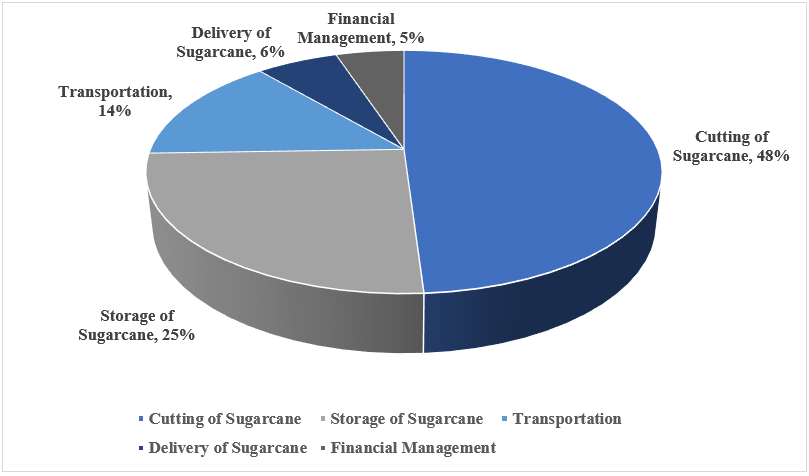
Downloads
Published
How to Cite
Issue
Section
License
Copyright (c) 2025 50sea

This work is licensed under a Creative Commons Attribution 4.0 International License.

